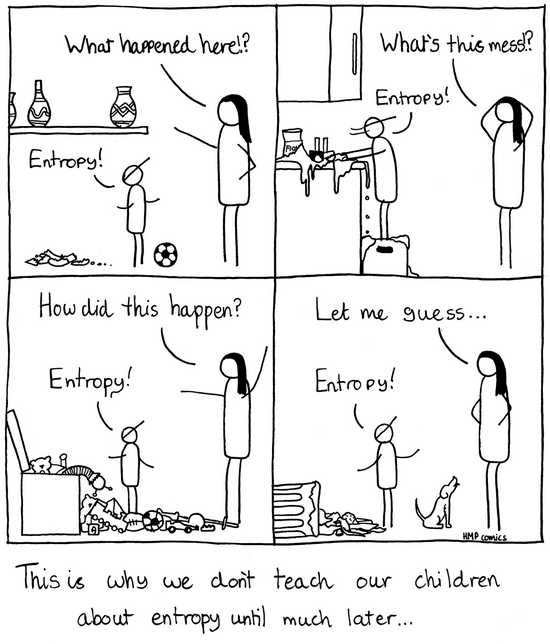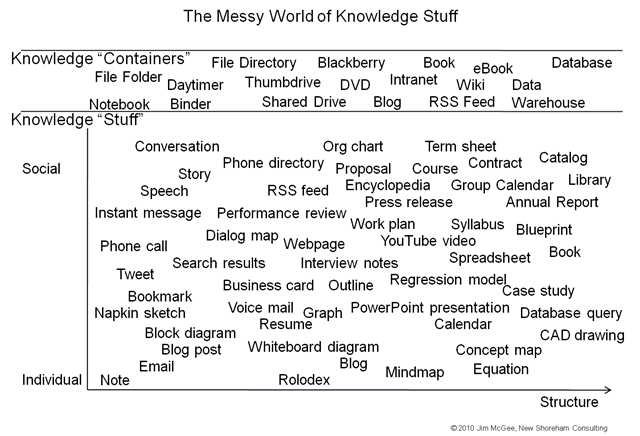 Most of us have crappy theories of learning. The better you were at school the more likely your theories about learning are distorted. I ran into this phenomenon while I was the Chief Learning Officer at Diamond Technology Partners in the 1990s. My partners were full of well intentioned advice about how they thought I should do my job based on their school experiences years or decades earlier in their lives. I had my own, somewhat less ill-informed, theories based on my more recent school experiences convincing my thesis committee to let me loose on the world.
Most of us have crappy theories of learning. The better you were at school the more likely your theories about learning are distorted. I ran into this phenomenon while I was the Chief Learning Officer at Diamond Technology Partners in the 1990s. My partners were full of well intentioned advice about how they thought I should do my job based on their school experiences years or decades earlier in their lives. I had my own, somewhat less ill-informed, theories based on my more recent school experiences convincing my thesis committee to let me loose on the world.
Fortunately, I also made the smart decision to go find several people smarter than I was and hung around with them long enough to soak up some useful insight. Two in particular, Alan Kay and Roger Schank, were instrumental in shaking me free from my poor theories. Very different in temperament, they did agree on fundamental insights about how learning worked.
Learning is what happens when our expectations about the world collide with experience. As we adjust our expectations to be better aligned with reality we learn.
Schools are dangerous places for learning because they are too isolated from the real world. On the other hand, the real world can be straight up dangerous if we haven’t learned how to behave correctly in the situation at hand. All learning is learning by doing, whether we’re learning to turn on a snowboard or solve a differential equation. If we had unlimited time and were invulnerable, we could figure anything out on our own. As it is, it helps to have someone who knows more than we do to arrange the experiences we can learn from in a reasonable and safe sequence.
The name for this strategy is “apprenticeship” and remains the most effective from a learner-centered perspective. All other approaches are compromises to make the economics work or to solve scale mismatches between the number of those needing to learn and those with mastery to pass along. Anthropologist Lucy Suchman showed how to extend this notion of apprenticeship to all kinds of learning beyond the trade/craft connotations we attach to the word. She talked of learning and apprenticeship as a process of “legitimate peripheral participation.” You learned how to repair copiers by handing tools to the senior repair technician and carrying their bags. You learned how to handle the cash register by watching someone who already had it figured out. You learned how to put a budget together by doing the junior-level scut work of helping your boss transform a handwritten budget into a typewritten one.
It’s become a cliche that learning has become an ongoing requirement in all kinds of work. The problem isn’t simply that work demands more learning more often. The changing nature of work also makes learning qualitatively harder as well. This was never a problem for physical work and for much of the knowledge work of the 20th century. Nearly everything you might want to observe was in sight. You could watch how a repair technician selected and handled tools. You could see an editor’s corrections and notes in the margins of your manuscript.
As work has evolved to be more abstract and more mediated by technology, the task of learning has gotten harder. Whether we call it apprenticeship or legitimate peripheral participation it becomes difficult, if not impossible, in environments where you can’t see what others are doing. Previously, the learning called for within organizations occurred as a byproduct of doing work. It now takes conscious and deliberate effort to design work so that it is, in fact, learnable.




